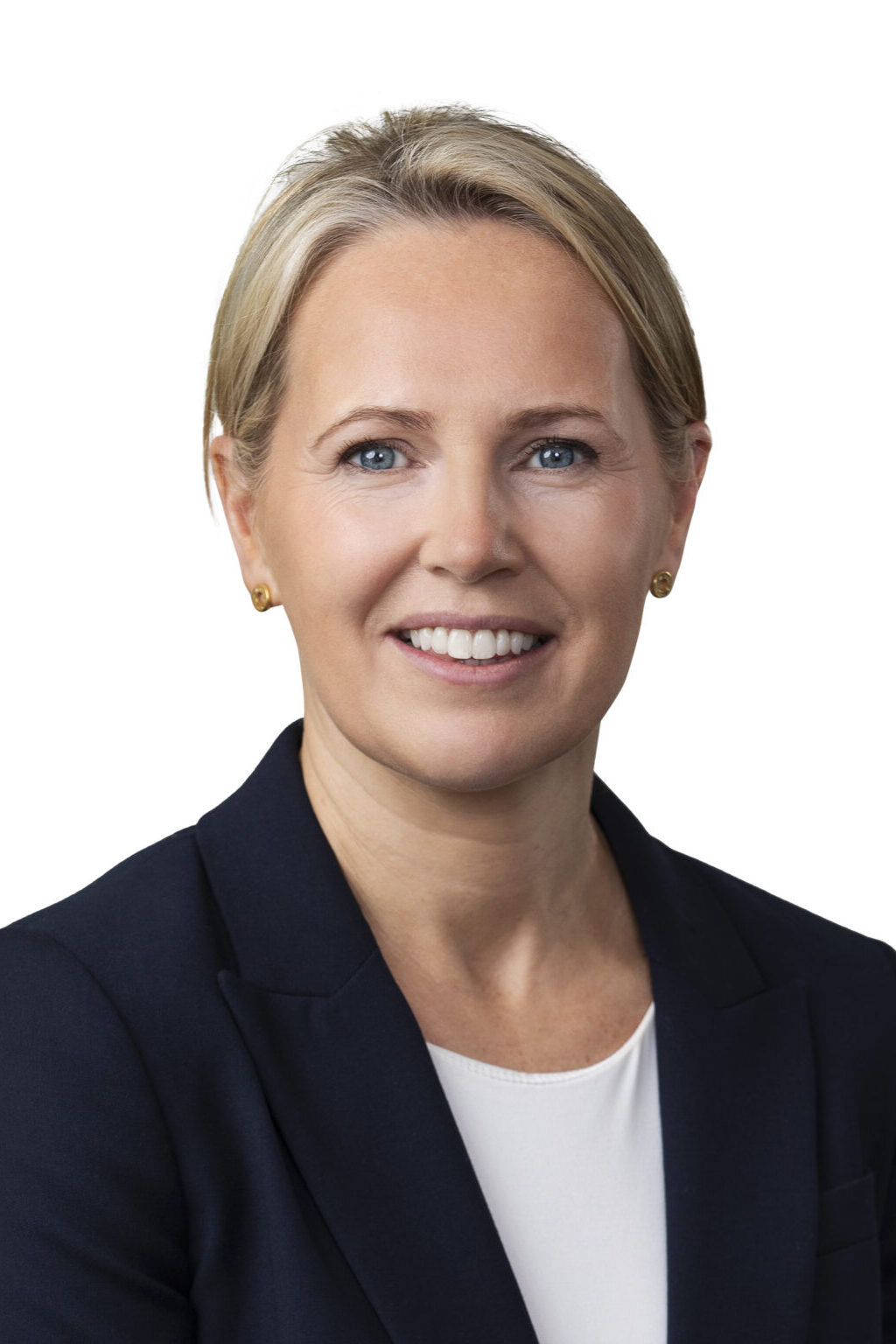Terms: 14 September 2021 to 6 July 2023; 7 July 2023 to 6 July 2026
ARPC protects Australian communities with sustainable and effective reinsurance for terrorism and cyclone events.
Australian Reinsurance Pool Corporation (ARPC) is a public financial corporation established under the Terrorism and Cyclone Insurance Act 2003 (TCI Act). ARPC is also subject to the Public Governance, Performance and Accountability Act 2013 (PGPA Act).
ARPC operates a terrorism reinsurance pool that provides insurance cover for eligible terrorism losses and operates a cyclone reinsurance pool that provides insurance cover for cyclone and cyclone related flood damage to houses, small businesses, and strata.
The Terrorism Reinsurance Pool (terrorism pool) commenced operations on 1 July 2003, and the Cyclone Reinsurance Pool commenced operations on 1 July 2022.
The administration of both pools reflects our statutory functions as described in ARPC’s enabling legislation. Our longer-term vision is to support insurers to deliver affordable terrorism and cyclone insurance in Australia.
In addition, we work closely with the reinsurance and insurance industries as well as Government agencies and other stakeholders to deliver our statutory functions.
Background
ARPC was established in 2003 by the Terrorism Insurance Act 2003, to provide reinsurance cover for eligible terrorism losses, involving commercial property, associated business interruption losses and public liability.
The Australian Parliament passed this legislation following the September 11, 2001, terrorist attacks in the United States after which terrorism cover was excluded from commercial and industrial property policies around the world and in Australia.
On 30 March 2022, the Terrorism Insurance Act 2003 was amended by the passing of the Treasury Laws Amendment (Cyclone and Flood Damage Reinsurance Pool) Bill 2022. The Bill received Royal Assent and became new legislation on 31 March 2022. As a result of this legislation, the Terrorism Insurance Act 2003 became the TCI Act 2003, establishing a framework for a cyclone and cyclone-related flood damage reinsurance pool to be administered by ARPC. The Insurance Act 1973 was also amended to create a civil penalty for insurers who do not reinsure eligible cyclone risks with ARPC.
















